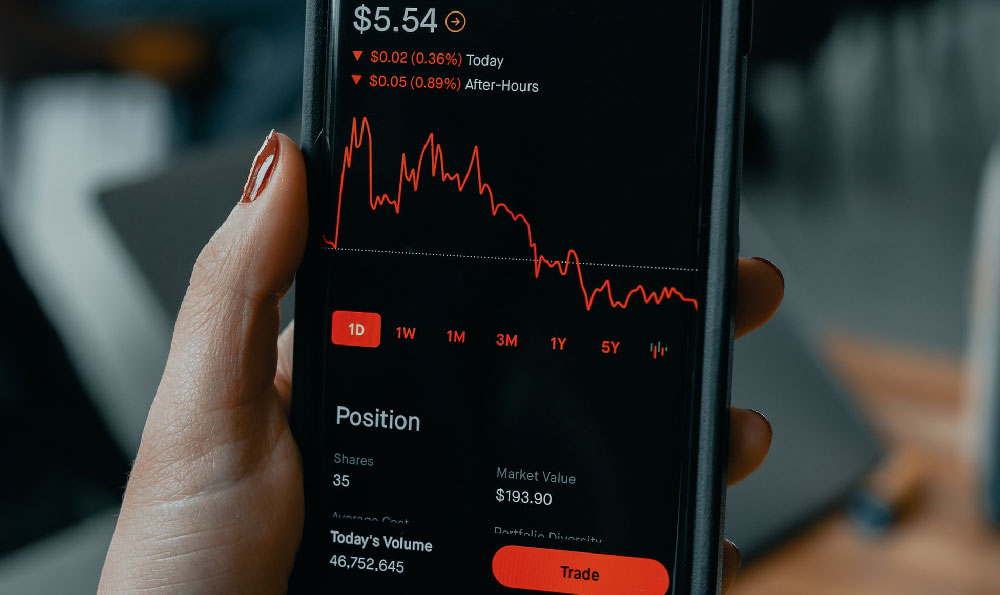How Much Do Artists Earn Touring? And Is It Enough?
Navigating the financial landscape of a touring artist is a complex endeavor, often painted with broad strokes of either glamorous success or stark struggle. The reality, as with most things, lies somewhere in between, a nuanced tapestry woven from revenue streams, expenses, and the ever-present variables of the music industry. To answer the question of how much artists earn touring and whether it's enough requires a deep dive into the factors that influence their income and a critical assessment of what constitutes a sustainable career in music.
One of the primary determinants of a touring artist's earnings is their scale of operation. An emerging indie band playing small clubs will operate on an entirely different financial plane than a stadium-filling pop star. For smaller acts, income typically stems from a few key sources: ticket sales (often split with the venue after covering overhead), merchandise sales, and, to a lesser extent, revenue from streaming and digital downloads that gets a boost from increased visibility. The economics here are often precarious. A band might negotiate a "door split," receiving a percentage of ticket sales after the venue recoups its costs (rent, staff, utilities). Alternatively, they might agree on a guaranteed payment, which provides some financial certainty but also places the onus on them to draw a sufficient crowd to justify the guarantee.
Merchandise (t-shirts, CDs, vinyl, posters) can be a surprisingly significant revenue stream for smaller artists. Selling directly to fans at shows eliminates the middleman and allows for higher profit margins. However, production costs for merchandise need to be factored in, and unsold inventory can become a financial burden. Streaming revenue, while a crucial source of overall income for many musicians, often translates to a relatively small contribution from any individual show or tour. The per-stream payouts are notoriously low, and even a substantial increase in streams following a performance might not significantly impact the immediate bottom line.

The expenses associated with touring are considerable and can quickly erode potential profits. Transportation is a major cost, encompassing fuel, vehicle maintenance (or rental), and, for larger acts, transportation of equipment and crew. Accommodation is another significant expense, ranging from budget-friendly hotels to more luxurious options depending on the artist's budget and the tour's itinerary. Food is a constant cost, both for the artists themselves and for any accompanying crew. Paying a sound engineer, tour manager, or other support staff adds another layer of expense. And, of course, there are miscellaneous costs like insurance, permits, and unexpected repairs. It’s a delicate balancing act, trying to keep costs down without sacrificing quality or comfort to the point of burnout.
For larger, more established artists, the economics of touring shift considerably. Stadium tours and arena shows generate much higher ticket revenue, allowing for substantial profits even after covering the significant overhead costs associated with larger productions. These artists often have sponsorships and endorsements that contribute significantly to their income. Merchandise sales are typically much higher, and the percentage split with the venue may be more favorable. Furthermore, larger acts often have established teams of managers, agents, and financial advisors who negotiate favorable deals and help manage their finances effectively.
However, even for successful artists, the risks are still present. A poorly planned tour, a lackluster album release, or unexpected events like illness or injury can quickly derail a tour and lead to significant financial losses. The pressure to maintain a certain lifestyle and meet the expectations of fans and the music industry can also lead to unsustainable spending habits.
The question of whether touring income is "enough" is subjective and depends on individual circumstances and financial goals. For some artists, touring is a means to an end, a way to promote their music and build a fanbase that will ultimately support their careers through streaming, merchandise sales, and other ventures. For others, touring is the primary source of income, and the ability to earn a living wage and save for the future is paramount.
To make touring financially sustainable, artists need to adopt a proactive and strategic approach. This includes careful budgeting, meticulous expense tracking, and a willingness to explore alternative revenue streams. Crowd-funding, Patreon, and other direct-to-fan platforms can provide a valuable source of income and allow artists to connect with their fans on a deeper level. Negotiating favorable deals with venues and promoters is crucial, as is effectively managing merchandise sales.
Beyond the purely financial aspects, artists also need to prioritize their physical and mental health. Touring can be incredibly demanding, and burnout is a common occurrence. Taking care of oneself is essential for maintaining long-term career sustainability. This involves getting enough sleep, eating healthy food, exercising regularly, and seeking support from mental health professionals when needed.
Ultimately, the financial success of a touring artist hinges on a combination of talent, hard work, business acumen, and a bit of luck. While the path to financial security in the music industry is rarely straightforward, it is possible for artists to earn a living wage and build a sustainable career through touring. However, it requires a realistic understanding of the economics involved, a willingness to adapt to changing market conditions, and a commitment to managing finances responsibly. It's a continuous process of learning, adapting, and refining one's approach to ensure that the music continues to play, and the bills continue to get paid.















